Granada is a breathtaking city, with an inspirational mix of culture written into the bones of its heritage. A city that has always been at the edge of two worlds, Moorish and European, resulting in a beautiful synthesis of creativity. The Alhambra is a powerful reminder of this, as its impressive complex of palaces, gardens and squares provide constant inspiration to the rest of the city and its people. Overlooked by the natural ambience of the regal Sierra Nevada mountains, the locality is truly a culture of place. This article will explore some of the city’s best museums and galleries, the windows into it’s artistic and cultural life.
Museum of Alhambra
One of the best ways to get some context of the richness that was part of the Alhambra complex and its relevant palaces. This museum is on the ground floor of the Charles V Palace and is free to enter. Comprised of 7 halls, these are the former living quarters of Emperor Charles V and his family. It will truly transport you back to the time of Alhambra’s colourful history. The first hall presents objects of scientific and faith interest, as well as a collection of gold coins. Astrology was fundamental to society in these times, and artefacts depicting the signs and celestial body movements can be found. The second hall emphasises the period of Islamic rule and common items of the time. Including a number of luxury and decorative items for home use. This is where beautiful craftsmanship meets everyday needs in style. The third hall is split into sections A and B. The first section covers architecture and its decorative points. A large emphasis in Islamic architecture is on the sacredness of water. As such, a number of wonderful fountain pieces are on display here.
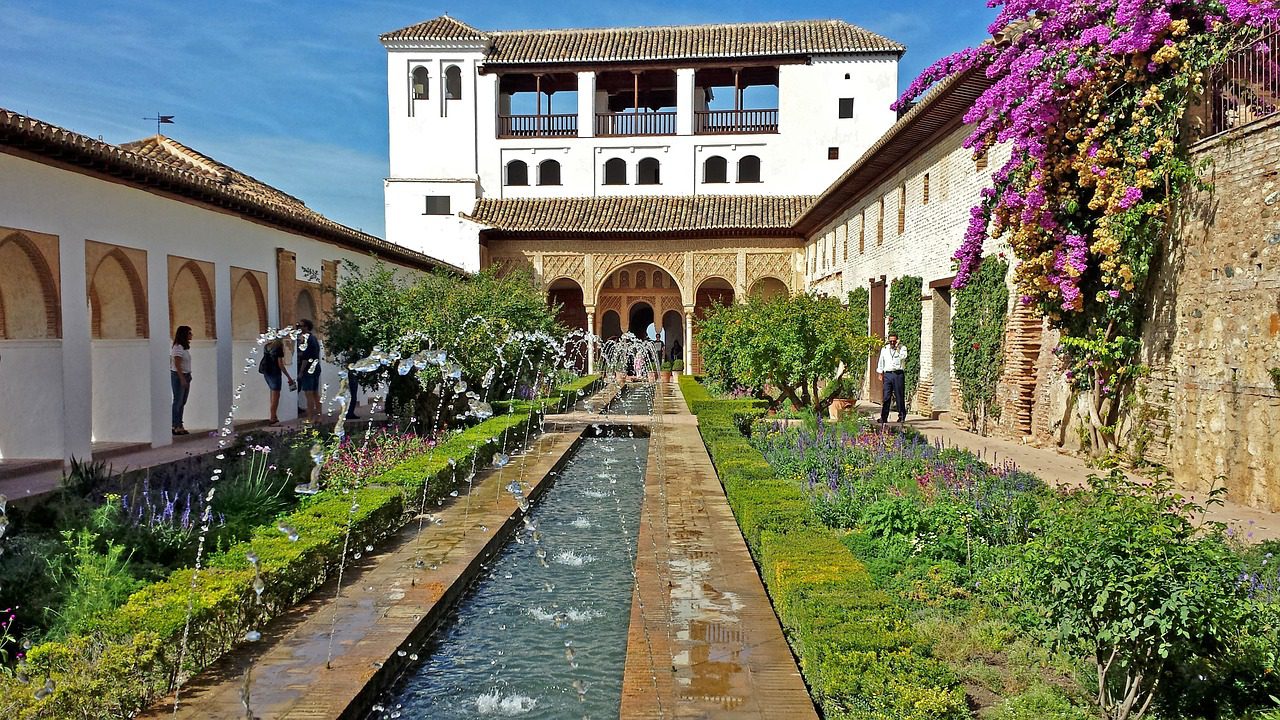
Section B emphasises artworks, and it is here you can find impressive displays of bronze, ivory and ceramic. The fourth hall contains aspects of public buildings from the Nasrid rule. The white marble-fronted arch of the ancient ‘free hospital’ is a stunning centrepiece. The fifth hall covers the artefacts of the Alhambra and its palaces during the Nasrid rule. This is the room with the crowning jewel of the museum, the great vase of gazelles. An exceptional work of dedication and artisanry, it was painted in royal colours of white, blue and gold, with extensive patterning. The sixth hall contains the headstones of two of the Sultans from the Nasrid period. Alongside this is a collection of opulent and ornate ceramics. The final hall is also set into two sections: A and B. Section A covers the household items of the Nasrid period, ranging from kitchenware and textiles to children’s games and toys. Section B includes interior decorations of the Nasrid period, with items like tableware, furniture and wall panelling.
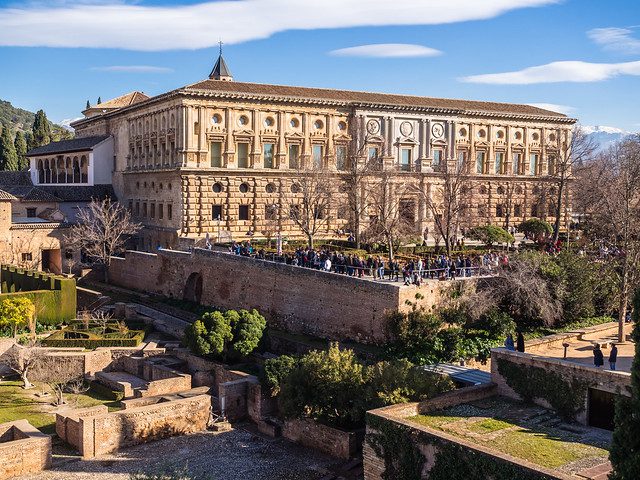
Science Park
The Science Park of Granada is family fun and interactive experience that can be enjoyed by people of all ages. What is particularly great about this park, is that it promotes the sciences within its own local and cultural context. There are exhibits which are both indoors and outside, so it is great to visit, whatever the weather. Exhibitions include the observatory, the tropical butterfly garden, the planetarium, the human body and the children’s exploration hall. The observatory and planetarium fit well into the city’s past of deep developments in astronomy and astrology. Places such as the tropical garden and the biosphere room give visitors a chance to engage with local wildlife. The botanical garden tours give perspective on local flora. The exhibition ‘Moorish Spain and the Sciences’, takes a visually stunning tour of the amazing scientific insights of the occupants in Moorish occupied Spain. Paintings, drawing and interactive instalments demonstrate the work that was produced in this period. Particular emphasis is on Cordoba, the capital city at the time. The park is located just off the Rio Genil road, connecting the park to the city centre.

La Casa de Los Pisa
Located within the stately 15th-century house of the Pisa family, La Casa de Los Pisa. It was built just after Ferdinand and Isabella reclaimed the city under the auspices of Catholicism. Saint John was a man who had dedicated his life to serving the poor and the sick. His life’s role was to heal others. When he himself became extremely sick, the Pisa family took him in. Unfortunately, they were unable to help him recover, and he eventually died in the house in 1550. The museum now contains many beautiful paintings, icons, engraving, goldwork and sculpture, dedicated to St John.
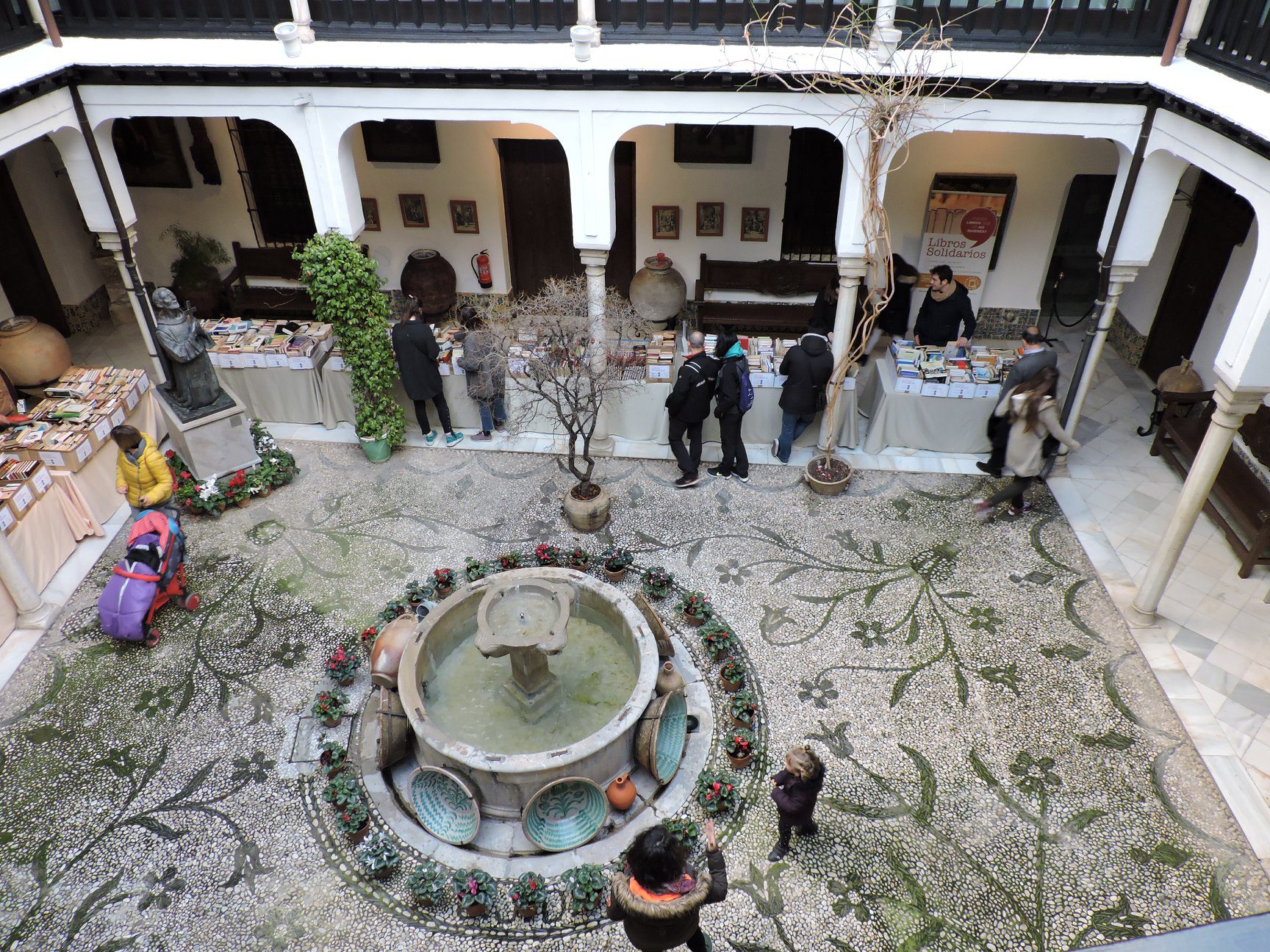
Museum of the Royal Chapel
The Royal Chapel is a beautiful and must-see place for its role in the history of the city. It is the part of the main Cathedral complex and the burial place of Ferdinand and Isabella, the Catholic rules of the Reconquista. After exploring the chapel itself, you will want to head to the adjacent offices of the sacristy to the museum. The most prized possessions of the Catholic monarchs are here in the museum. You can find Isabella’s treasure chest that she sold to fund Columbus’ exploration to the Americas. There are also royal crowns and the sceptre and sword of the King. Furthermore, there are a number of religious, 15th-century paintings, which are equally magnificent as the other royal artefacts. It is located on the Plaza de la Lonja.
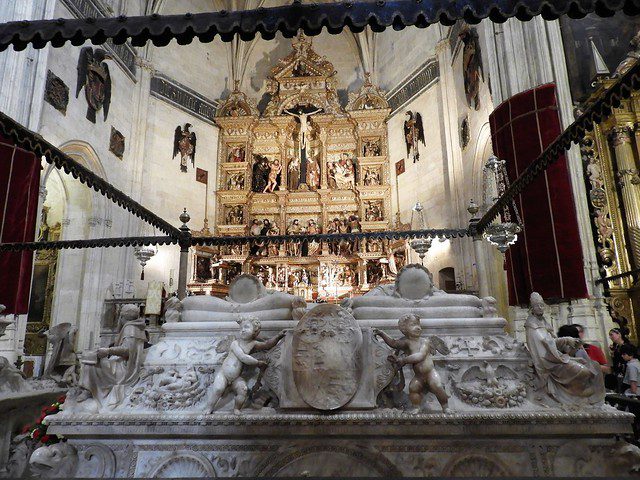
Heading down from the Alhambra, the artistic spirit pulses in the dynamic neighbourhoods of Sacromonte and Albaicin. Alongside the flamenco dancers and colourful Moorish handicrafts, they are the seats of some of the best regional artists. As such, Granada is reputed to be the artistic centre of Andalusia, with an impressive number of artists of all crafts hailing from there. It was also the hometown of the Generation of ‘27 group, mostly poets who introduced new European artistic movements into Spanish literature. This article will explore the museums and galleries, dedicated to the people at the cultural forefront of the city.
Museum of the Caves of Sacromonte
One of the top stops for a variety of arts is the Sacromonte neighbourhood. A world away from the opulent crafts that were found in the Alhambra, looming above this neighbourhood. Yet, it is nonetheless equally special. Guitar music can be heard everywhere, as well as local wares for sale. At the heart of the neighbourhood is the museum, located throughout 10 of the neighbourhood’s ‘cave houses’. Each one of these cave houses shows a different element of life from the neighbourhood, 100 years ago. These include the crafts, such as metalwork, wickerwork, weaving and pottery. There are also the tools, the household items and the cultural significance of these things. One room is dedicated specifically to the local nature that inspired the culture. However, it is not just a museum of the past. To this day, the museum hosts flamenco shows, theatre and musical performances, particularly in the summer months.

House of Federico Garcia Lorca
A wonderful spot to get some fresh air, just to the side of the city, is the park of Federico Garcia Lorca. And within the park is the Huerto de San Vincenti, the family residence of the Lorca’s. This was the place where the famous poet, whom the airport is named after, spent most of his formal days. Later in life, many of his best works of poetry and theatre were created here. Today, the house is a museum, dedicated to his life works. You can find many original drawings and manuscripts of his works on display. These are alongside the original furniture and paintings that decorated the place when Federico lived there. Therefore, you can still feel something of the ambience of the time, even to this day. Entry is free on Wednesdays.

José Guerrero Centre
For everyone interested in the formation of modern art and the huge influence Spain played on this, the José Guerrero Centre is a great place to start. Located in the centre of town, very close to the Cathedral, it is both a gallery, exhibition and education centre. The centre explores and conserves the abstract expressionist works of José Guerrero in relationship to Spanish contemporary art. Moreover, it covers the relationship between the entire early modern movement and 21st-century contemporary art. There are also temporary exhibits of other contemporary artists.

House Museum of Manuel de Falla
Manuel de Falla was a gipsy musician and composer, who made a prominent impact across Spain in the 20th century. He left Granada for Argentina during the time of the persecution of his friends, by the fascist Franco government. With most of his possessions left in his house, he informed his friends that he planned to return soon. He never did make it back. Nonetheless, his house was restored and serves as a permanent exhibition today of the man’s work and life. You can see his piano, furniture and paintings, as well as his private Picasso figurine collection. There are also exhibits of some of his works. It is a very personal glimpse into his life.
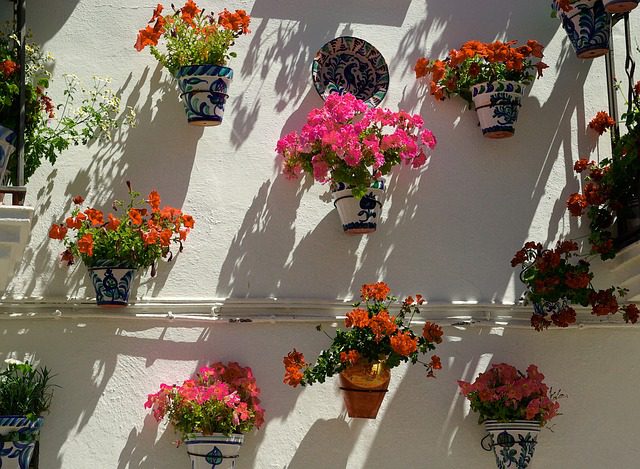
Museum of Fine Arts
At last, we head back to the Alhambra for another one of its beautiful sights. Inside the Palace of Charles the V, just off the main courtyard, is the leading museum for classical arts in Granada. Known locally as the Museo de Bellas Artes, it houses an extensive permanent collection. There are over 2000 sculptures, paintings, ceramics and icons, dating from the 15th to the 20th century. The most important piece is arguably The Burial of Christ by Jacobo Florentino. There are also works by Alonso Cano and Machuca, from the Renaissance era. Also held here are choir stalls from the Santa Cruz convent. It is a truly rich ode to the Catholic stamp that the Reconquista made on the city and their royal heritage.





